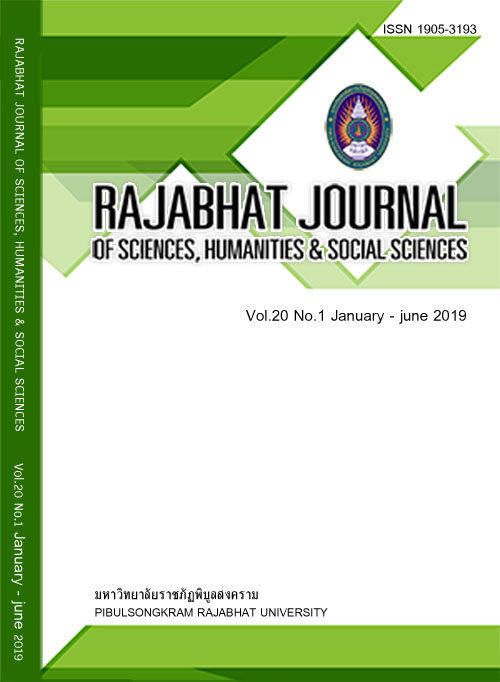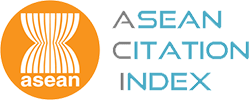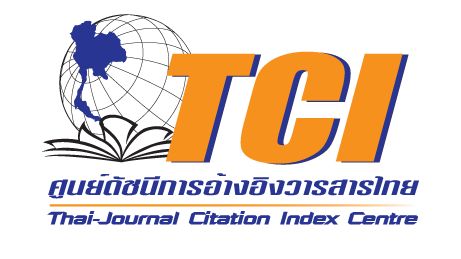MUTILEVEL CAUSAL FACTORS INFLUENCING ORGANIZATIONAL EFFECTIVENESS FOR UNIVERSITIES IN THAILAND, LAOS AND CAMBODIA
Keywords:
multilevel causal factor influencing, test invariance, organizational effectiveness for universitiesAbstract
Organizational effectiveness is important to the development of the university sectors in Thailand, Laos and Cambodia universities.The main objectives of the present study were: (i) to study causal factors influencing public organizational effectiveness for universities at the individual and departmental levels, and (ii) to test invariance of a multilevel causal analysis model of universities’ effectiveness among Thailand, Laos, and Cambodia. A total of samples were randomly multi-stage 1,200 students, 120 departments.The instrument used was a questionnaire of organizational effectiveness. Statistical analyses were made based on descriptive statistics and Multilevel Structural Equation Model (SEM). The results indicated that the proposed multilevel causal model of public organizational effectiveness for universities fitted reasonably well with the empirical data. The analysis also showed that at the individual level, the most important variable was the student personality development while at the departmental level, the most important variable was the staff employment satisfaction. However, organizational health was less important at both levels. Multilevel Structural Equation Model the organizational effectiveness of the public sector for universities in the region has variance the model. That is, the given model could explain a larger proportion of variance in Thai universities.
References
Cameron KS. A study of organizational effectiveness and its predictors. Management Science, 1986; 32(1): 87-112.
Gibson JL, Ivancevich JM, Donnelly JH. Organizations: Behavior, Structure, Processes. 10th ed. Boston: McGraw-Hill; 2000.
Goodman PS, Pennings JM. Critical issues in assessing organizational effectiveness. In Lanler, E.E., & Seashore, S.E. (eds.). Organizational Assessment Perspective on the Measurement of Organizational Behavior and the Quality of Work Life. New York: John Wiley & Son; 1980.
Harrison MI. Diagnosing Organizations Methods, Models and Process. London: Sage Publications; 1994.
Katz D, Kahn RL. The Social Psychology of Organizations. 2nded. New York: John Wiley & Son; 1978.
Makmee P. Measurement for faculties of education: An application of multilevel causal analysis. Journal of Research Methodology, 2000; 23(1): 55-75.
Makmee P. Development of a model of public organizational effectiveness measurement: Multilevel structural equation model analysis. Journal of the Association of Researchers, 2016; 21(1): 34- 48.
Makmee P. Multilevel structural equation model of universities effectiveness in Thailand. Journal of Management & Innovation, 2016b; 3(1): 43 -53.
Muthén LK, Muthén BO. Mplus: The Comprehensive Modeling Program for Applied Researchers user’s guide, Version 7.00. Los Angeles, CA: Muthén & Muthén; 2012.
Price JL, Mueller CW. Handbook of Organizational Measurement. Massachusetts: Pitman; 1986.
Steers RM. The Organizational Effectiveness: A Behavioral View. Santa Monica: Goodyear Publishing; 1977.
Stufflebeam DL, Foley WJ. Gephart WJ. Educational Evaluation and Decision Making. Bloomington: Phi Delta Kappa; 1971.
Downloads
Published
How to Cite
Issue
Section
License
Each article is copyrighted © by its author(s) and is published under license from the author(s).










